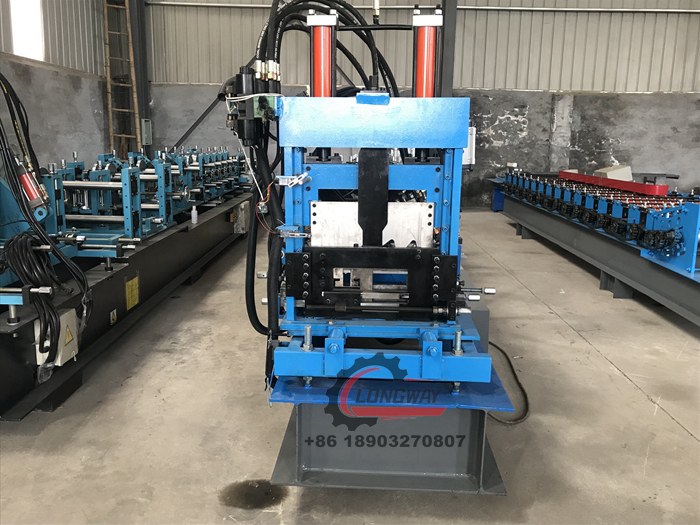u purlin roll forming machine
Understanding U Purlin Roll Forming Machines
The construction industry continues to innovate, and one of the crucial advancements in this field is the development of roll forming machines, particularly U purlin roll forming machines. These machines bring efficiency, precision, and versatility to the fabrication of structural components, which are essential in various construction applications, from residential buildings to large industrial warehouses.
What is U Purlin?
Before delving into the mechanics of U purlin roll forming machines, it is essential to understand what U purlins are. U purlins are structural components used primarily in building construction, providing support for roofs and walls. Their U shape allows for significant strength and stability, making them a favored choice in the framework of metal buildings, where they support cladding and roofing materials.
The Importance of U Purlin Roll Forming Machines
U purlin roll forming machines are specialized equipment designed to manufacture U-shaped purlins from metal coils. The roll forming process involves feeding metal strips through a series of rollers that shape the metal into the desired profile. The continuous nature of this process allows for high production speeds and low material waste, making it economically advantageous for manufacturers.
Key Features and Benefits
1. Precision and Quality One of the standout features of U purlin roll forming machines is their ability to produce purlins with precise dimensions and high-quality finishes. This is critical in ensuring that the components fit perfectly during installation, which contributes to the overall structural integrity of the building.
2. Customization Many modern roll forming machines offer the ability to customize purlin dimensions and thicknesses according to specific project requirements. This flexibility means that manufacturers can meet varied customer needs without significant downtime often required for changeovers in production.
u purlin roll forming machine

3. Efficiency The automated nature of roll forming machines significantly reduces labor costs and production time. With a well-optimized setup, these machines can produce long lengths of purlins in continuous runs, minimizing the need for manual intervention.
4. Durability Purlins formed using these machines are often made from high-strength materials that improve the longevity and reliability of the framework in which they are used. This durability is particularly important in regions subject to extreme weather conditions.
5. Material Versatility U purlin roll forming machines can work with various materials, including galvanized steel, cold-rolled steel, and aluminum. This adaptability allows construction companies to choose materials based on availability, cost, and project requirements.
Applications in Construction
U purlins created by these roll forming machines are employed in a wide range of applications
- Support Structures They serve as key components in the construction of support structures for roofs, aiding in load distribution. - Industrial Buildings In warehouses and factories, U purlins are used for both structural integrity and to support insulation and cladding systems. - Residential Projects Homebuilders use U purlins in metal framing systems, benefiting from their lightweight yet strong characteristics.
Conclusion
In summary, U purlin roll forming machines represent a significant advancement in construction technology, combining efficiency, precision, and versatility. As the demand for steel-framed structures continues to rise, the importance of these machines will only grow. They provide manufacturers with the tools needed to meet the requirements of modern construction while ensuring quality and cost-effectiveness. For businesses involved in construction, investing in U purlin roll forming machines enhances their capability to deliver superior products that stand the test of time, while also contributing to the overall evolution of building techniques. As the industry progresses, embracing innovations like these will be pivotal in shaping the future of construction.
-
Roof Panel Machines: Buying Guide, Types, and PricingNewsJul.04, 2025
-
Purlin Machines: Types, Features, and Pricing GuideNewsJul.04, 2025
-
Metal Embossing Machines: Types, Applications, and Buying GuideNewsJul.04, 2025
-
Gutter Machines: Features, Types, and Cost BreakdownNewsJul.04, 2025
-
Cut to Length Line: Overview, Equipment, and Buying GuideNewsJul.04, 2025
-
Auto Stacker: Features, Applications, and Cost BreakdownNewsJul.04, 2025
-
Top Drywall Profile Machine Models for SaleNewsJun.05, 2025








